External users are a fact of life, but governing their access can be a challenge. Explore how we’re helping clients simplify access management, cut risk, and reduce manual overhead using Microsoft Entra ID Governance.
Every forgotten guest account is a door left open. And when external access is stitched together with VPNs, spreadsheets, and manual approvals, it’s easy to lose track of who’s inside, and why they’re there.
External access is an everyday necessity and norm for most organisations. Partners, suppliers, contractors, and project collaborators all need access to systems, data, and applications. Yet too often, access is granted through fragmented, manual, and outdated processes that leave security and compliance wide open.
In an age of heightened threat levels and increasing regulatory scrutiny, external access can’t be treated as a bolt-on. It must be part of a unified identity strategy.
When traditional external access models fall short
External access often evolves without clear ownership or strategy. Each department solves its own problem, tools get bolted on, and the result is a fragmented identity ecosystem where access is tricky to track, even harder to audit, and a nightmare to govern.
All of which can often result in scenarios like:
- Manual onboarding processes that rely on emails, spreadsheets, and ad-hoc approvals
- Legacy infrastructure like site-to-site VPNs or ADFS that add cost and friction
- Credential sprawl, where external users are issued standalone accounts and passwords
- Lack of lifecycle governance, leading to accounts that stay active long after they’re needed
Not only is this inefficient for IT, but it also creates serious risk. Without visibility or control over who has access to what – and for how long – organisations open themselves up to security breaches, failed audits, and accidental data exposure.
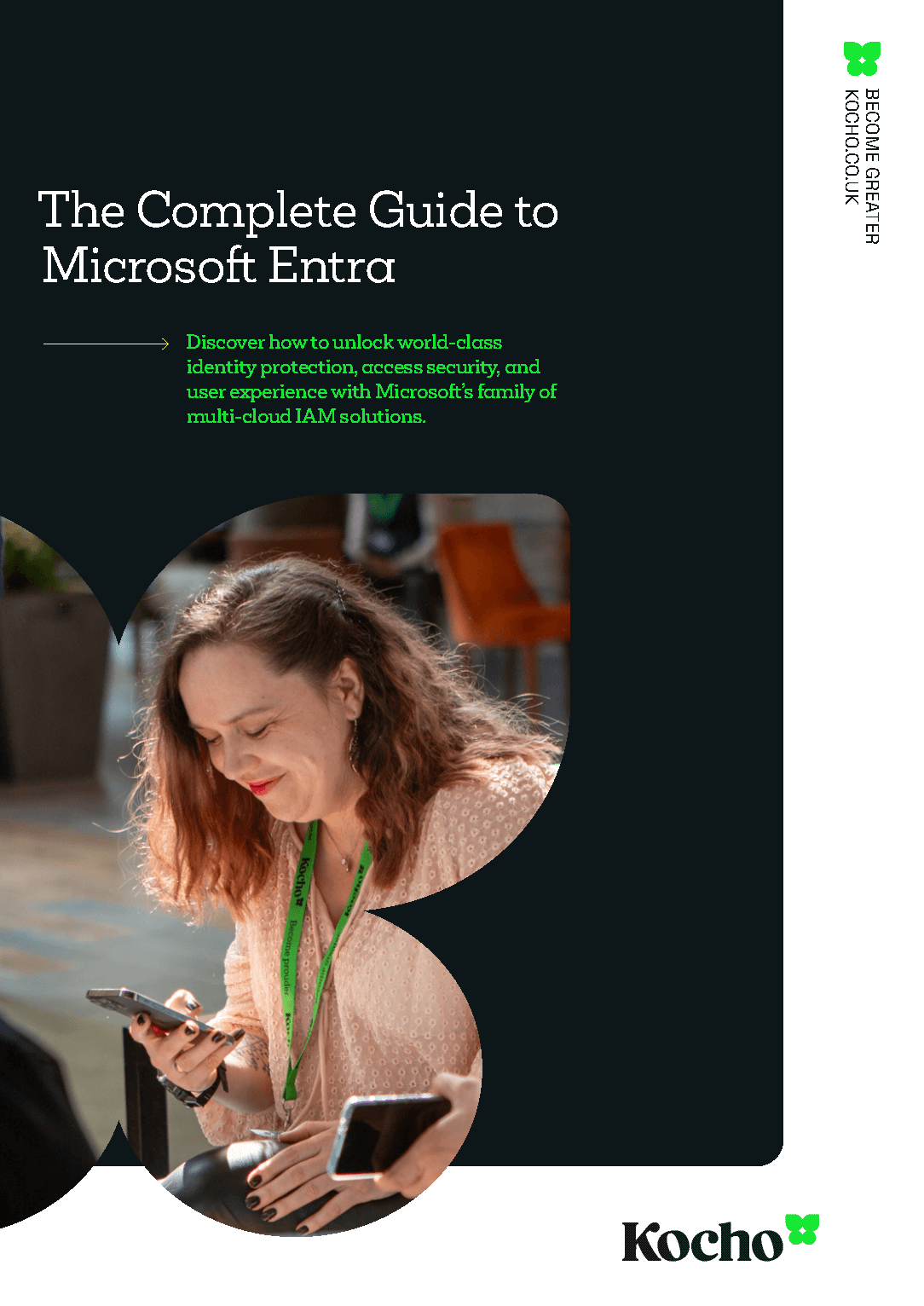

Free Guide
Everything you need to know about Microsoft Entra
The most comprehensive guide to Microsoft Entra. Over 40 pages. Plus, Microsoft licensing simplified.
Discover how you can:
- Cut costs by removing 50% management effort
- Elevate security – reduce breach chances by 45%
- Automate provisioning to ensure compliance
A modern external access governance model
To truly modernise your external access, you first need to ensure it’s a core part of your overall identity lifecycle management.
This mean putting the right system in place to enable external governance that’s:
- Policy-driven – Based on roles, responsibilities, or project scopes
- Federated – Allowing partners to use their own corporate credentials securely
- Automated – With provisioning, expiry, and reviews built into workflows
- Time-bound – So access never lingers longer than it should
- Auditable – Every decision is tracked, every entitlement reviewable
With the right tools in place, you should be able to manage external access in the same secure, scalable way you govern internal identity. Without additional overhead.
Solving the challenge with Microsoft Entra ID Governance
Microsoft Entra ID Governance provides the foundation for this model by supporting structured access requests, entitlement reviews, Terms of Use policies, and automated cleanup of stale accounts.
Combined with Azure Logic Apps, Inbound Provisioning, and PowerShell automation via Hybrid Worker, Entra enables organisations to move from ad hoc access to governed-by-default.
You get:
- Centralised visibility and control
- Role- and project-based access packages
- Enforced policy acceptance and time-limited access
- Seamless partner onboarding with federated identity
Real-world example: From manual sprawl to automated control
One global enterprise we worked with had exactly this challenge. Their external access model had grown organically. However, over time it had become a tangle of overlapping systems, manual provisioning, and no clear offboarding process.
The result was rising support overhead, unmanaged accounts, and growing compliance risk.
We helped them transition to a Microsoft Entra-first model, built for automation and scale.
- Site-to-site VPNs were replaced with Entra Application Proxy for secure, remote access
- Legacy identity systems were consolidated into Entra ID
- Self-service Access Packages with approvals and Access Reviews were rolled out to govern external roles
- Azure Logic Apps automated onboarding, expiry, and approvals
- Entra ID Governance flagged inactive guest accounts, allowing us to trigger Logic Apps and automated deprovisioning to remove access and clean up on-prem
- Terms of Use policies were enforced for all external users
In less than a year, they went from inconsistent, manual processes to a fully governed model that improved security, reduced admin load, and delivered a vastly improved user experience.
Access that’s secure by design
With the right controls in place, external users no longer pose a visibility or compliance risk. Instead, access becomes:
- Transparent – Every user, permission, and access justification is traceable
- Efficient – Automated provisioning and deprovisioning save time and reduce support demand
- Secure – Least privilege, time-limited access, and federated identity protect critical systems
- Compliant – Access is reviewed, documented, and aligned with internal and regulatory policies
Rethink your external identity strategy
If your organisation is still relying on manually created accounts, outdated identity systems, or inconsistent approval flows for external users, then it’s probably time to modernise.
With Microsoft Entra ID Governance and the right partner support, you can streamline access, reduce risk, and unlock more value from your external partnerships.
If you’d like to know more, please get in touch with the team.
Key takeaways
External user access must be governed with the same rigour as internal identity. Manual provisioning and legacy tools are no longer fit for purpose.
A modern external access model should be federated, policy-based, automated, time-bound, and auditable by design.
Microsoft Entra ID Governance enables secure, scalable external identity management with Access Packages, Access Reviews, and automated lifecycle controls.
Combining Entra with Azure Logic Apps and Graph API allows organisations to automate onboarding, enforce policy, and clean up stale accounts with minimal overhead.
Unstructured external access leads to orphaned accounts, audit failures, and security gaps, especially when identity is fragmented across systems like ADFS and VPNs.
With the right strategy and Microsoft-first tooling, external access can become a competitive advantage. It becomes secure, compliant, and easy to scale across partner ecosystems.


Free Guide
Everything you need to know about Microsoft Entra
The most comprehensive guide to Microsoft Entra. Over 40 pages. Plus, Microsoft licensing simplified.
Discover how you can:
- Cut costs by removing 50% management effort
- Elevate security – reduce breach chances by 45%
- Automate provisioning to ensure compliance
Next steps
Like this? Don’t forget to share.

Great emails start here
Sign up for free resources and exclusive invites
Subscribe to the Kocho mailing list if you want:
- Demos of the latest Microsoft tech
- Invites to exclusive events and webinars
- Resources that make your job easier

Don't Miss
Great enterprise identity resources
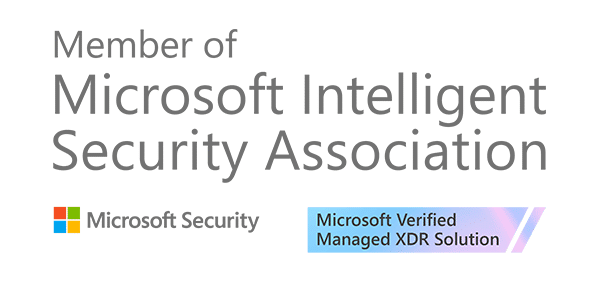
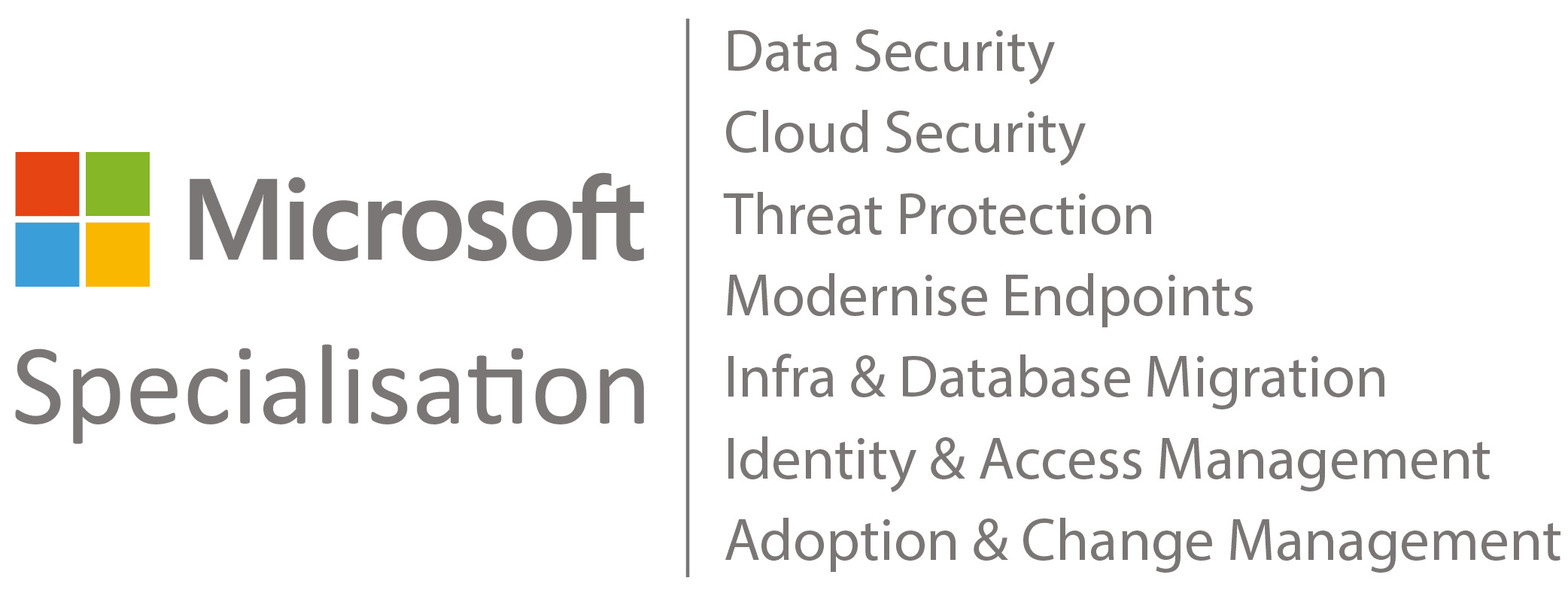
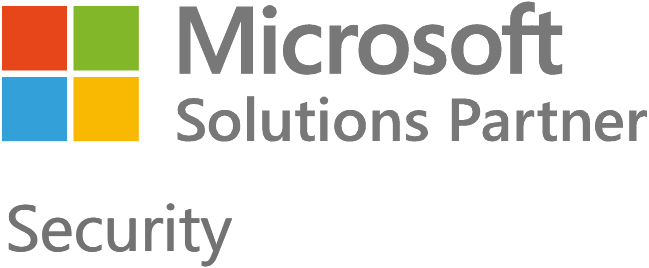
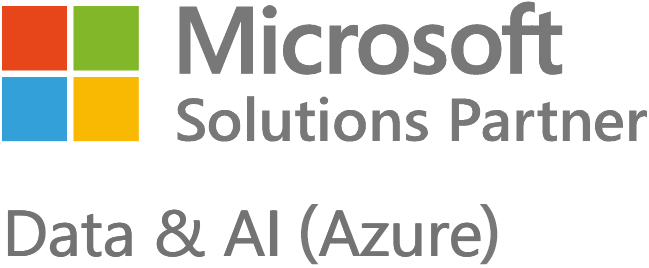
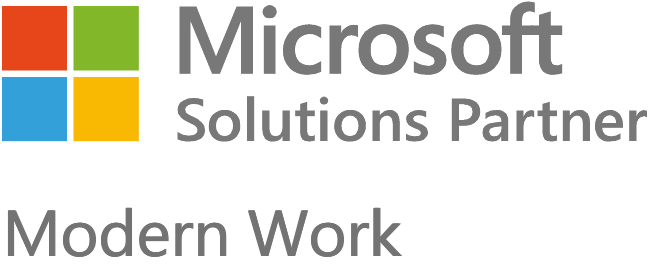
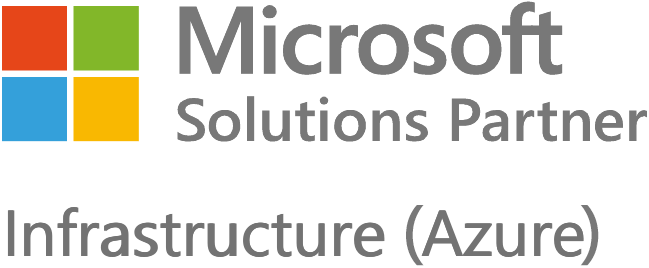
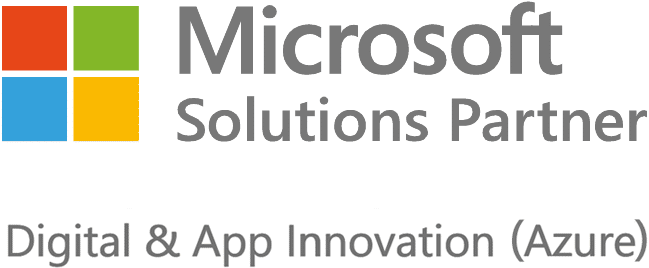
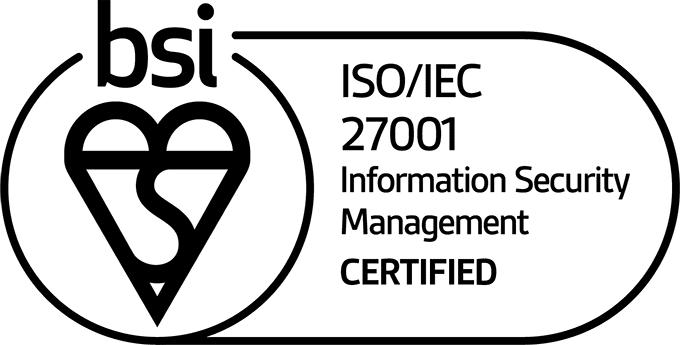


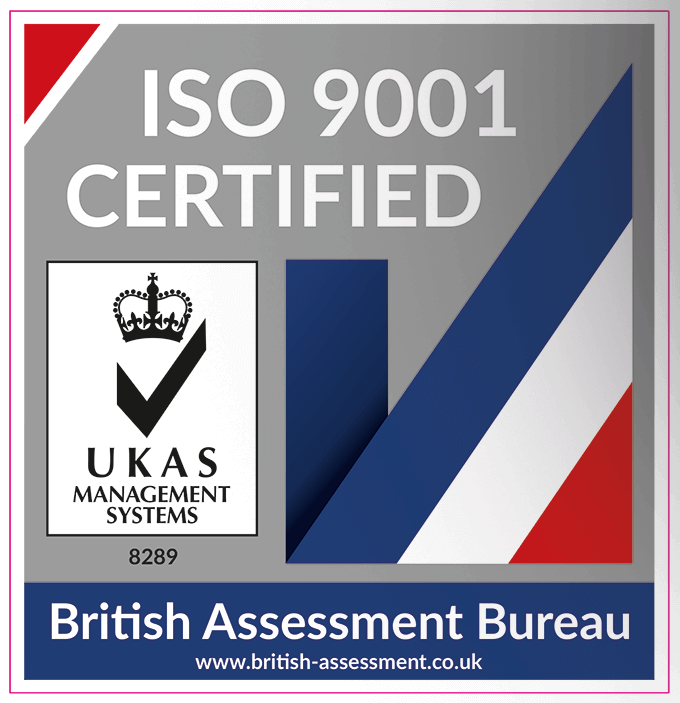
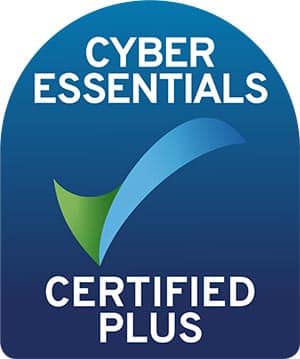












Got a question? Need more information?
Our expert team is here to help.







